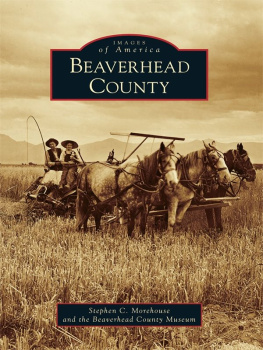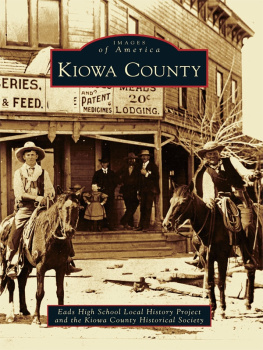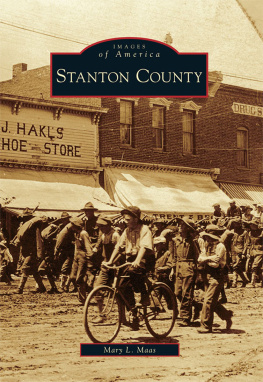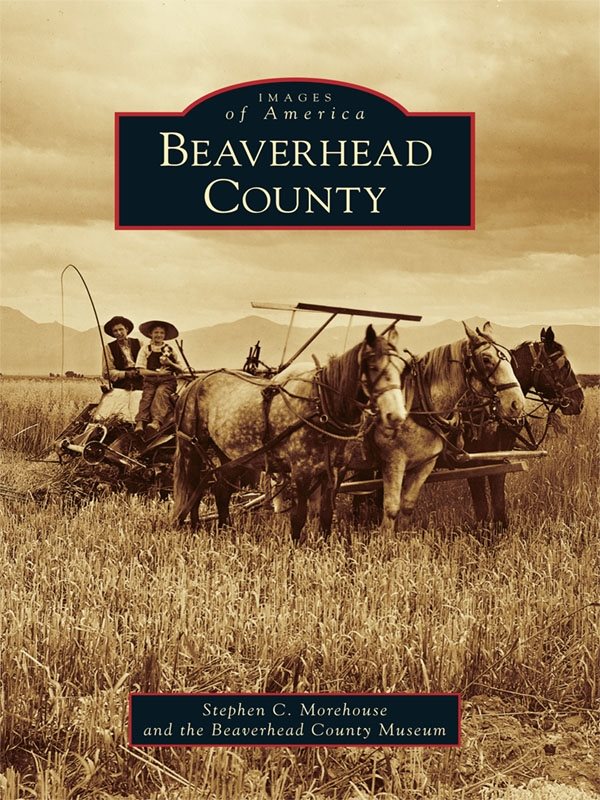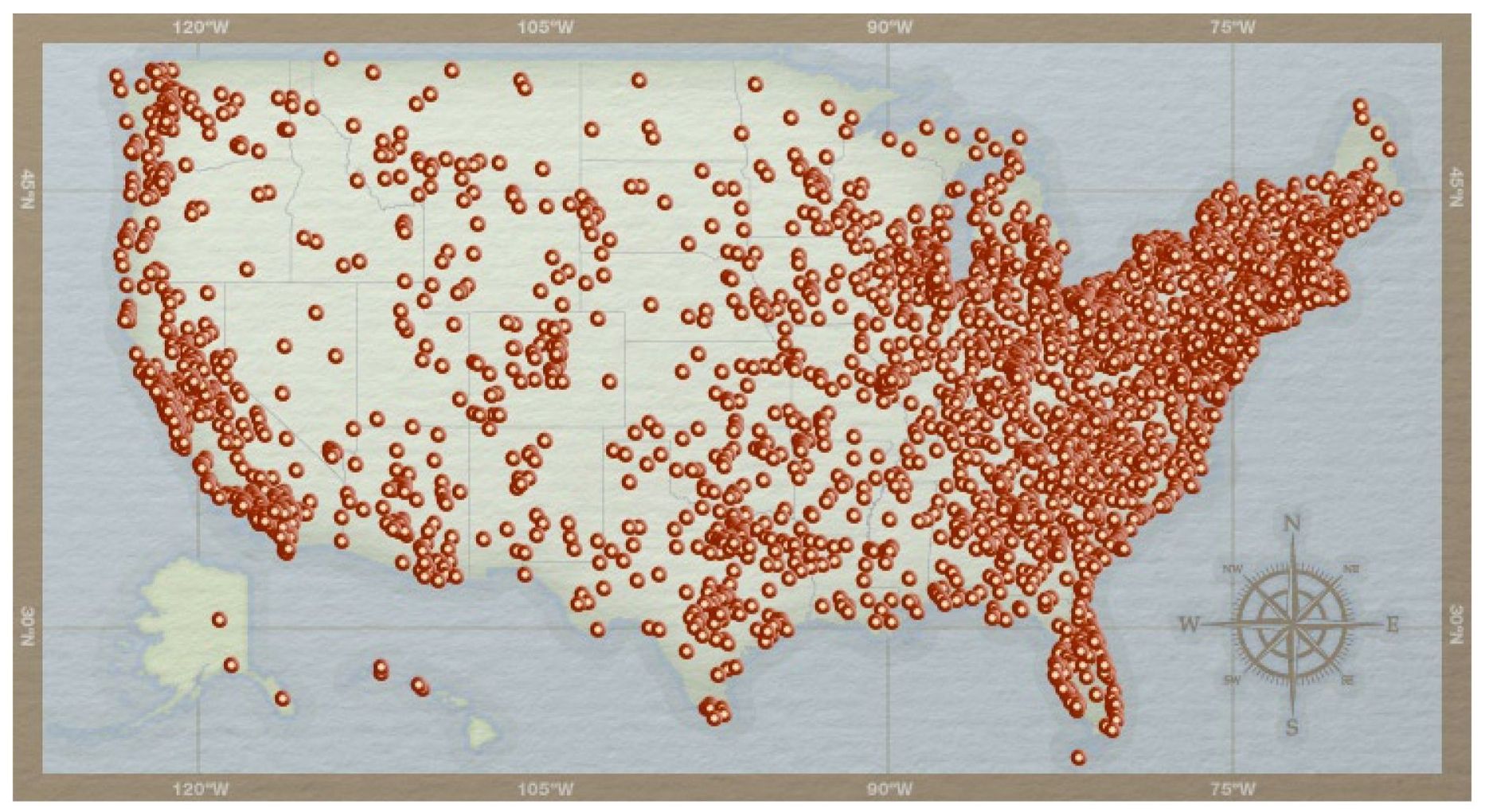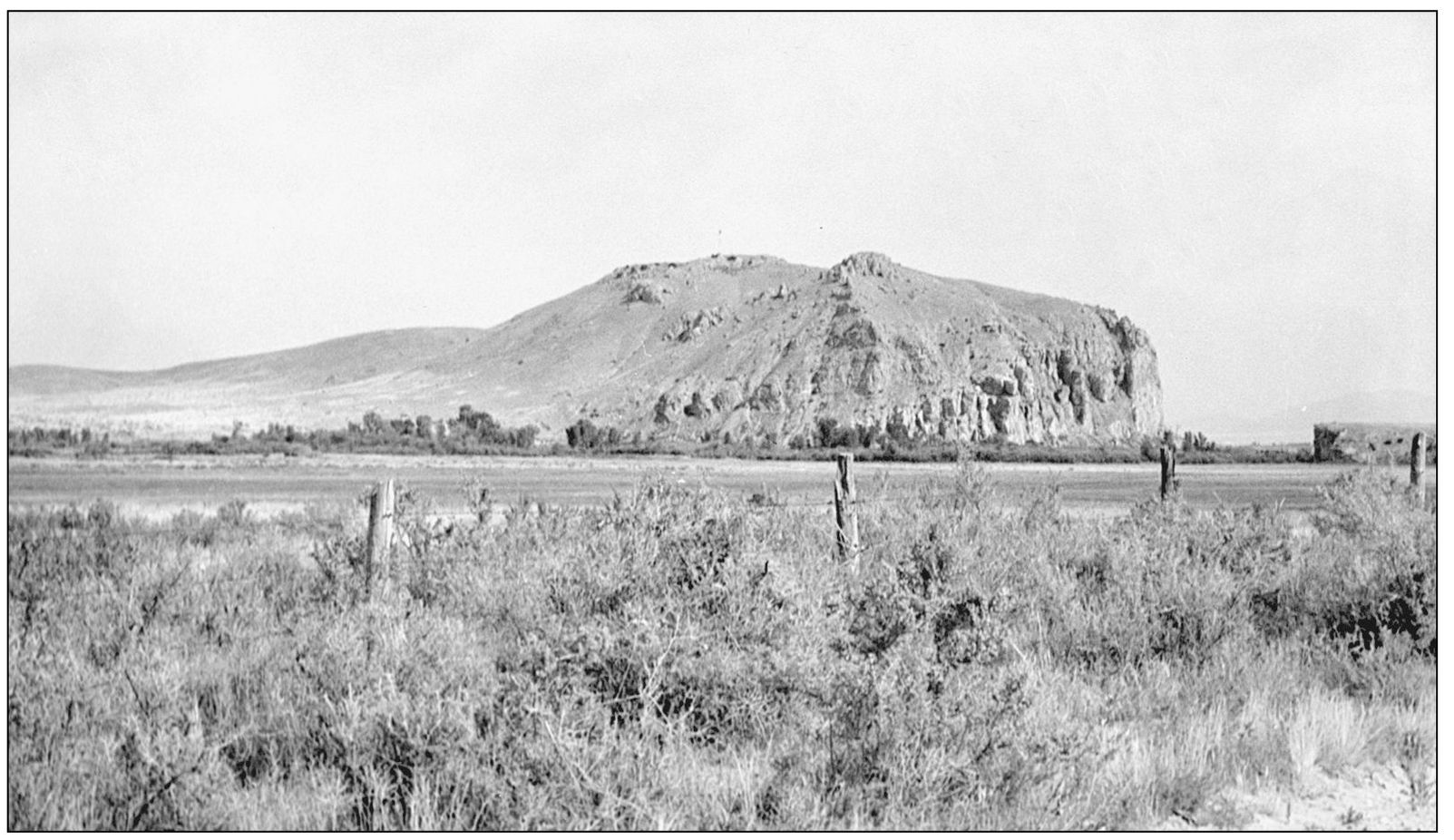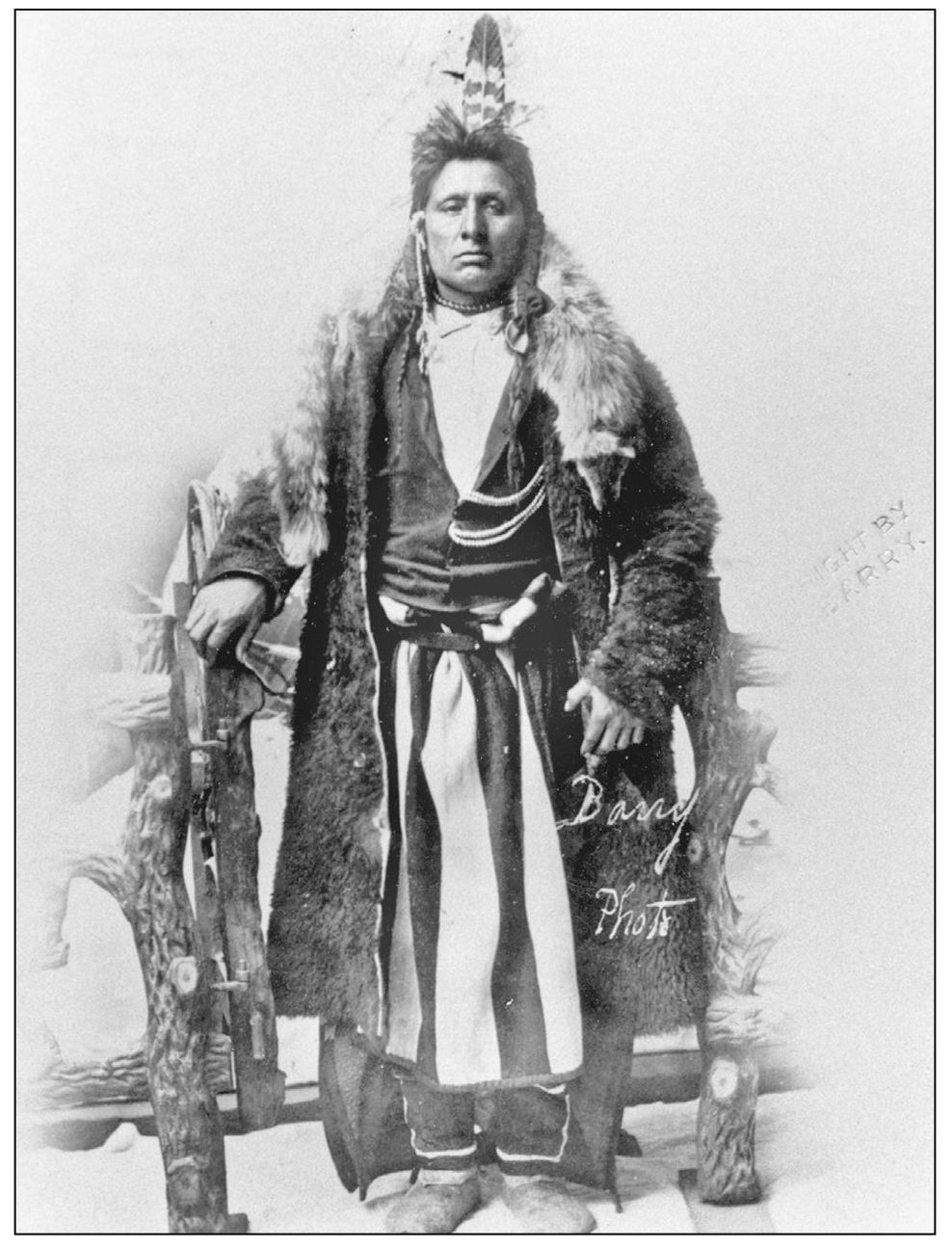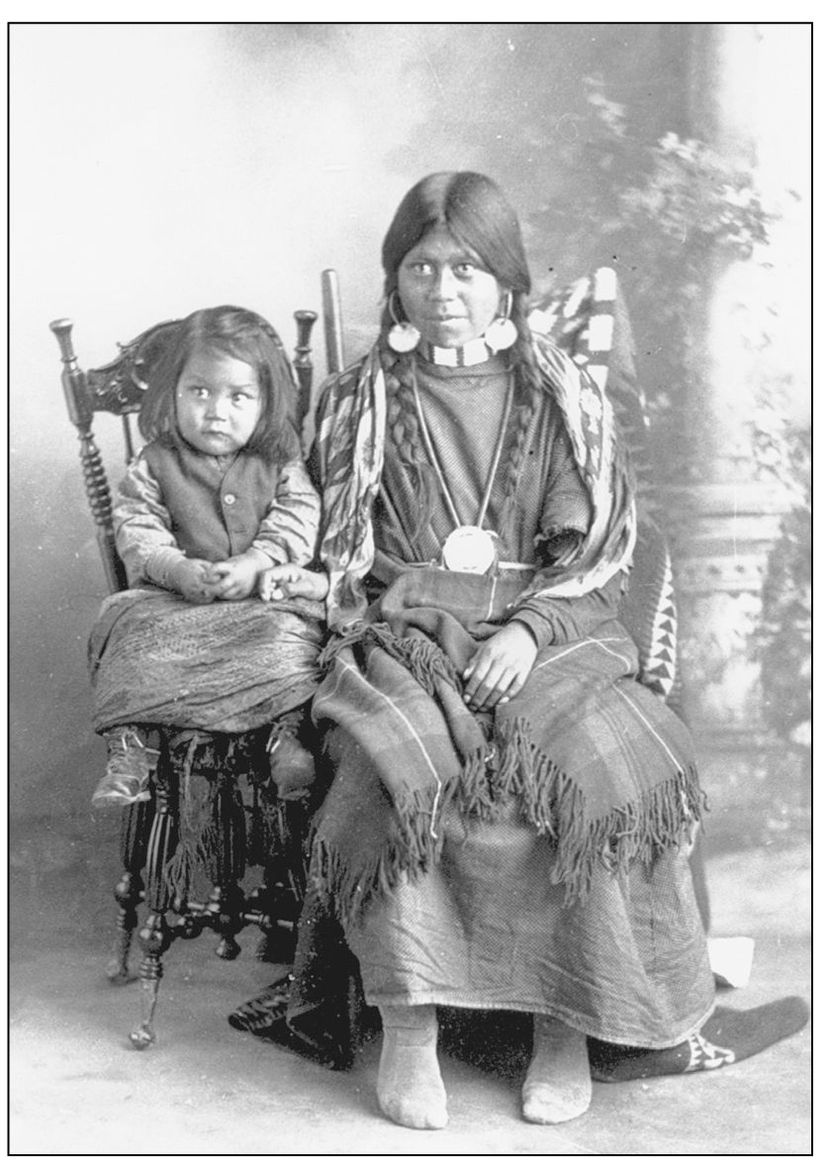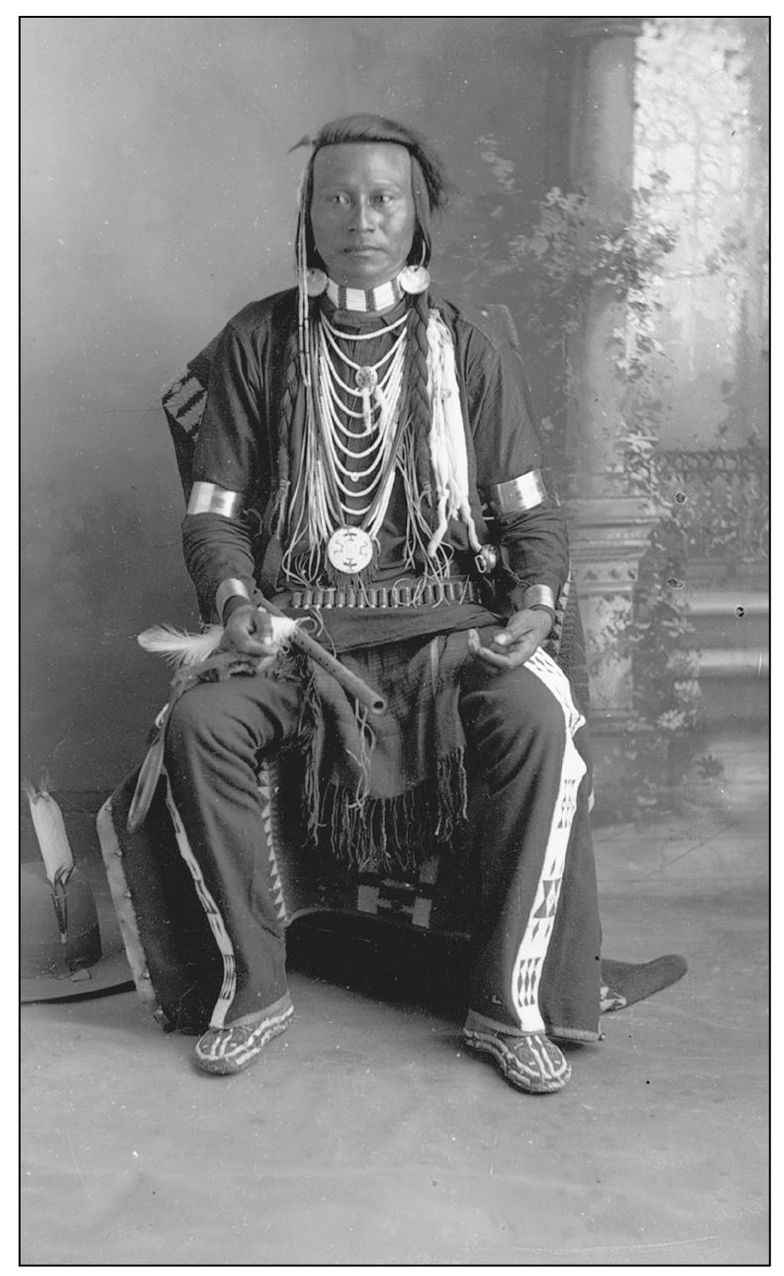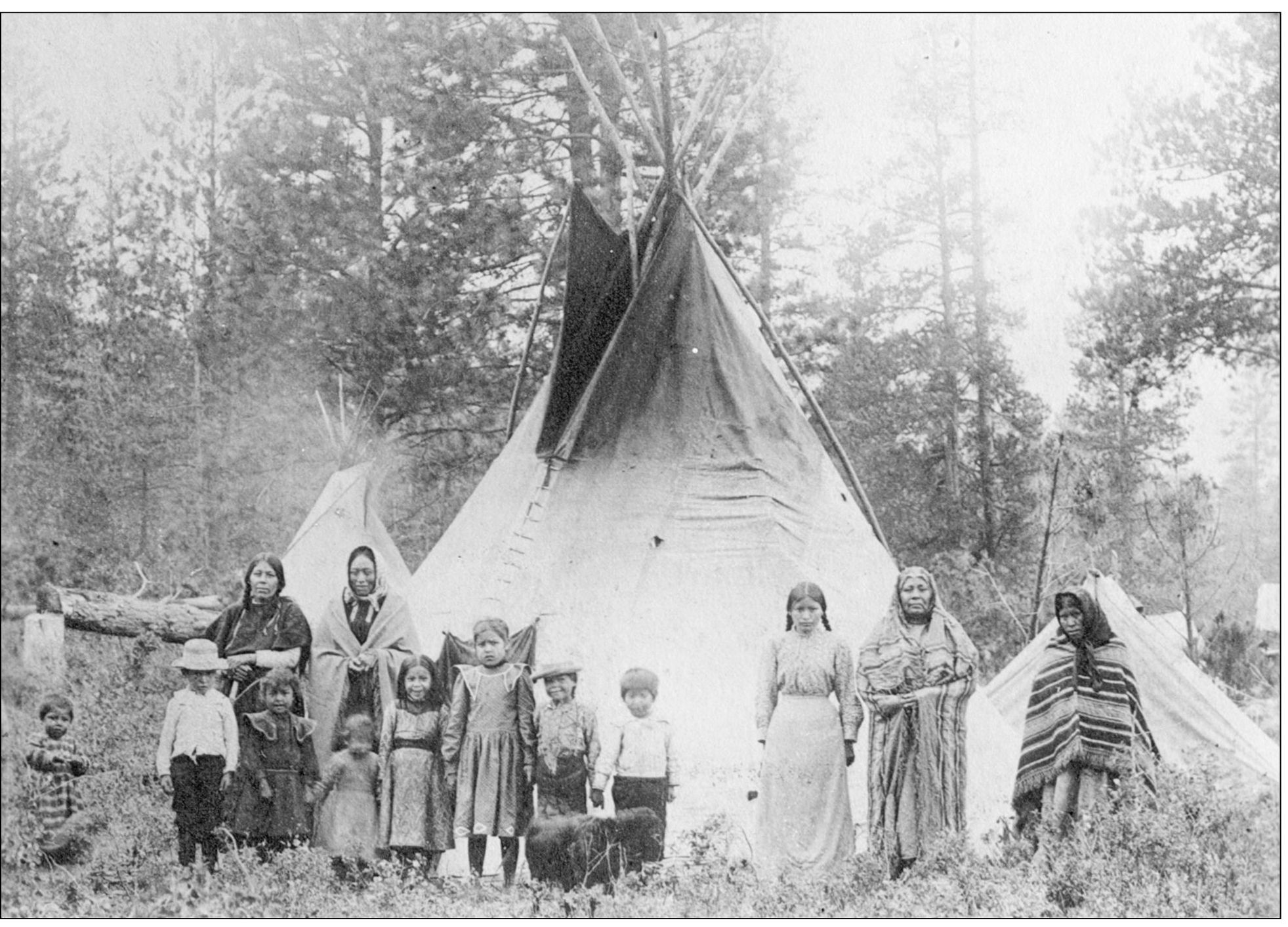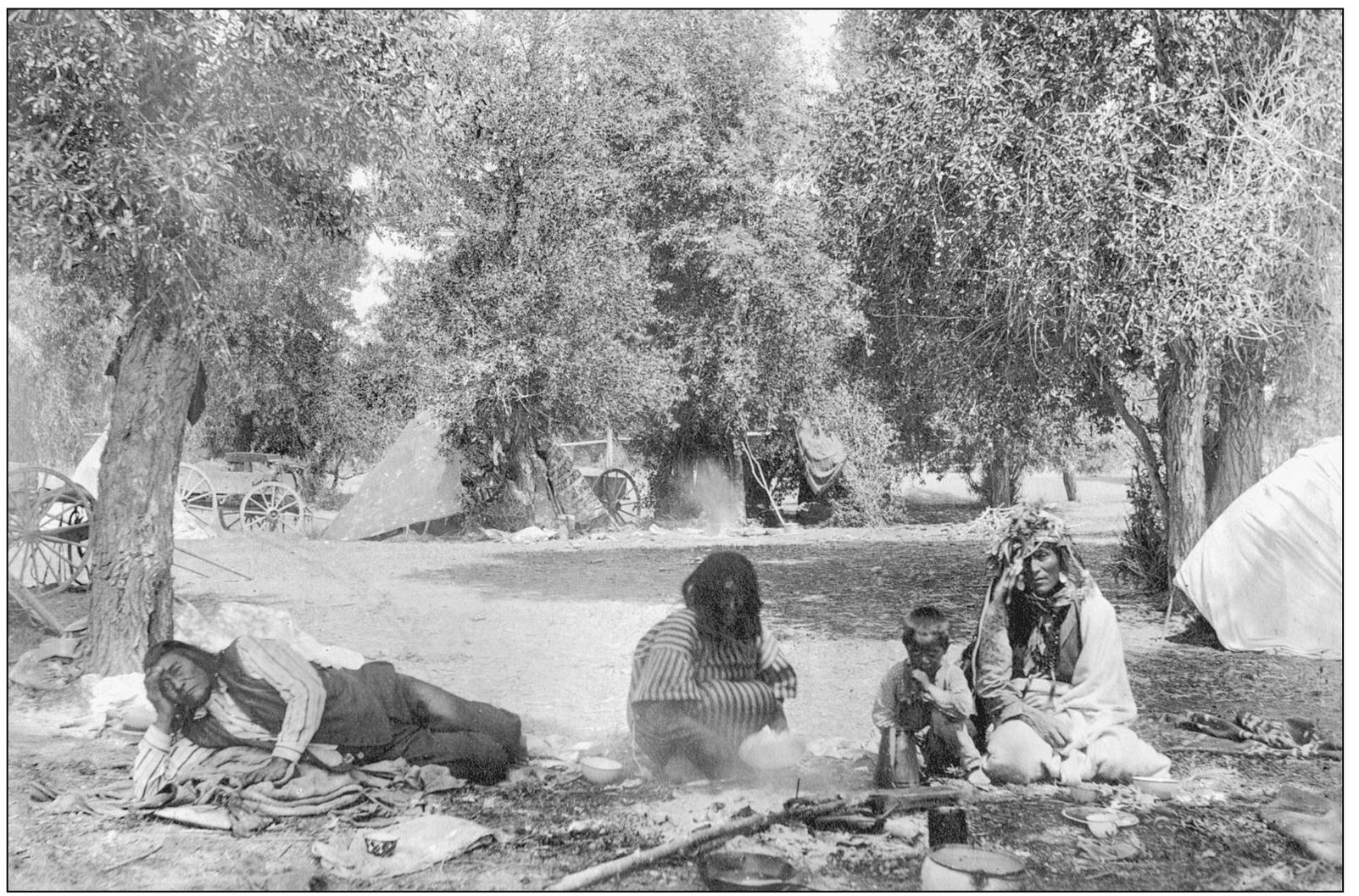ACKNOWLEDGMENTS
Thanks to the Beaverhead County Museums past and present directors and volunteers who have spent hours preserving and filing all the photographs and history, of which only a small part is able to be shown in this book. During the past 30 years, I have listened to the Meine family as they shared a part of the history of the area with me. Thanks to Bette Meine Hull, the museum director, who found files, photographs, and information for me, even bringing from home her own personal collection. A special thanks to Joan McDougal, retired Dillon librarian, who gave me guidance and assistance. Ben Goody from Glendale contributed the material on the Hecla Consolidated Mining Company, as well as other historical research. Adding to my introduction to local history were Dick Kennedy, Vince Pendleton, Jess Warrick, Eddie Reynolds, and Dolores Buzz Tash. I enjoyed their stories of history and family. At Western Montana College, my children and I learned history from Prof. Dale Tash. Dan and Bobbie Jean Scott and Ted and Barbara Renfro brought Armstead to life with stories, pictures, and old papers. Bob Meine, Art Christensen, and W. W. Doc Hawkins shared stories that could only be told in first person. Mark Sant with the U.S. Forest Service and long-time Dillon resident and educator Charles Chuck Cook added information on the area.
In 1998, I met the Arriwite family from Fort Hall, members of the Lemhi Shoshone Community, who shared with me their oral history. I am thankful to the elder Leo Arriwite and his son Leo T. Arriwite.
Thanks to the Beaverhead County Museum Association Board of Directors and the Beaverhead County Museum Board of Trustees, along with the chamber of commerce, who thought this publication would add to visitor understanding and appreciation of our beautiful county and state. I am grateful for the support from Hannah Carney and John Poultney, my editors at Arcadia Publishing.
Lastly, I want to thank my wife for supporting me and postponing some of the projects we were going to do once we retired.
Unless otherwise noted, all images are courtesy of the Beaverhead County Museum Photo Archives.
Find more books like this at
www.imagesofamerica.com
Search for your hometown history, your old
stomping grounds, and even your favorite sports team.
One
THE AGAIDIKA AND BANNOCK TRIBES
The first people to come into southwest Montana followed the retreating glacial ice sheets, looking for food and the materials (sharp stone) needed for tools. Evidence suggests they came around 12,000 years ago. Shoshone oral history includes stories of large prehistoric animals. The Shoshone, like other cultural groups, are made up of individual bands, each with their own separate history and traditional homeland. The different bands identify themselves with the dominant food source in their territory. The Agaidika, or Salmon Eaters, are from the Salmon and Lemhi River areas of Idaho. In the deep canyon, downstream from Salmon, were the Tukudeka, or Sheep Eaters. Today the Agaidika use Lemhi Shoshone to differentiate them and to show regional location of their last piece of homelandthe Lemhi Valley. Their original homeland was much broader and knew no state or county boundaries. They traditionally traveled between the Salmon River in Idaho to the three forks of the Missouri in Montana and south into Yellowstone Park. Living among the Agaidika was a band of Bannocks, who are of the Paiute Tribe and a different linguistic stock. The town of Bannack is named after them; however, the spelling was changed and never corrected. When gold was discovered in 1862, pressure was put on both the tribes living here. By 1868, the influx of emigrants had displaced the peaceful Shoshone and Bannock to a provisional reservation on the Lemhi River south of Salmon, Idaho. In 1875, the Lemhi Indian Agency was established, but in 1880, the government wanted to move them to the Fort Hall Reservation. Their treaty was not ratified until 1889, at which time a stipulation was added that they would not move to Fort Hall until a majority of the adult males agreed to do so. That happened in 1907, shortly after the death of Chief Tendoy. The Lemhi Shoshone now live on the Shoshone-Bannock Reservation at Fort Hall in southern Idaho.
This view of Beaverhead Rock is from the south looking north downstream. It is easier to see the resemblance from this view, but it is not known when or from what direction the person naming the landmark first viewed it. The name had been passed down from generation to generation through Shoshone oral history. It has now become a part of history.
The photographic archive of Shoshone and Bannock people in the Beaverhead County Museum is sparse. As they were displaced by European settlers, the Shoshone and Bannock spent more time in Idaho. This photograph and those on the opposite page were taken by a local photographer with no other information. This man is identified as Wolf Chief, a relative of Sacajawea. This means he is an Agaidika (Salmon Eater) or Lemhi Shoshone, as they are commonly referred to today. Note the animal skin over his shoulders.
Pictured here are Lemhi Shoshone children. Cloth clothing has replaced deer skins. The older girl wears earrings and a pendant of the highly valued abalone shell.
A Lemhi Shoshone man wears abalone-shell earrings. He has a flute in his lap, the butt of a pistol can be seen on his left side, and he is wearing a cartridge belt.
This photograph is identified as a Lemhi Indian camp near Dillon; however, the trees in the background indicate the picture was not in fact taken near Dillon because Dillons dominant trees were cottonwoods. The picture shows the change in clothing around the start of the 20th century, going from deerskins to cotton and calico.
Chief Tendoy of the Lemhi Shoshone, a highly respected leader, was held in such esteem that he is memorialized by a Dillon street. Tendoy Street is the block-long street on the north side of the courthouse square. In addition to Tendoy Street, there is a Bannock Street and a Sacajawea Street in town, and Beaverhead Lane is just outside the city limits.

